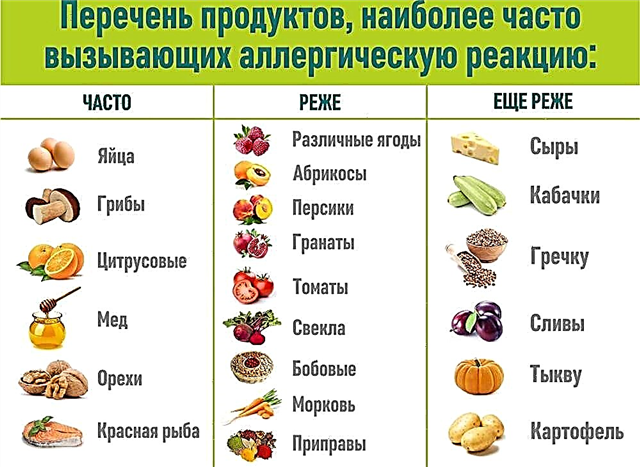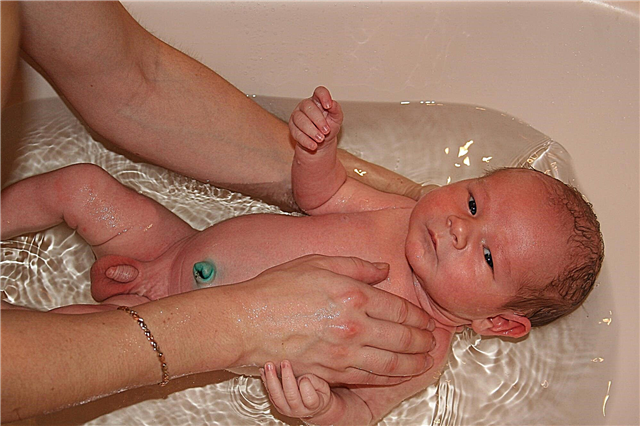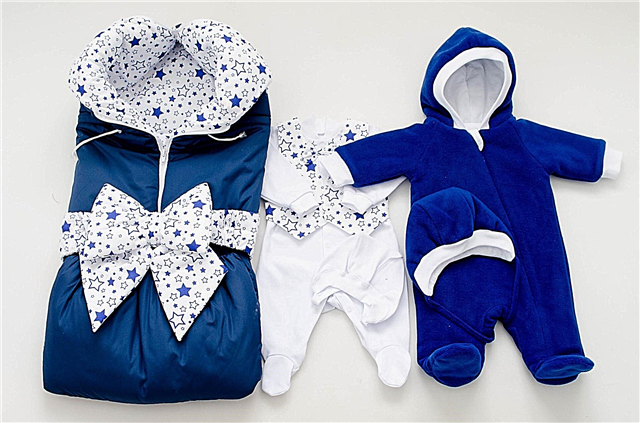Food allergies often affect babies. Two types are especially common: cow's milk protein and gluten. However, the list of food allergens is much longer, including sweets. What foods are most often harmful to children, what are the symptoms of sweet allergy in babies, and how can it be treated?

Baby eating sweets
Causes of allergies
Important! A food allergy is caused by an abnormal reaction of the immune system to a certain substance found in food.
Sugar, as a product, is rarely an allergen. But he often acts as a catalyst for a negative reaction of the body to animal protein.
In many cases, heredity is a decisive factor in the development of allergies. The behavior of the mother during pregnancy has an influence: smoking, improper diet (excess of nuts, chocolate, eggs, fish and seafood). The risk of developing allergies is present in premature infants and babies born as a result of difficult labor.
Allergy-provoking foods
Fructose or sucrose is found in many foods, including essential and commonly eaten by infants such as bread, vegetables and fruits.
However, a newborn who is not yet receiving complementary foods may also experience a negative reaction to sugar. It is provoked by milk sugar (lactose) found in breast milk and adapted milk formulas. Milk sugar intolerance is caused by lactase deficiency (a lack of the lactase enzyme to break it down).
In older children who are already on solid foods, allergenic foods are most common:
- nuts, egg white, which can be found in sweets;
- chocolate and sweets;
- fruits (grapes, peaches);
- honey;
- sweet pastries made from wheat flour;
- dried fruits (figs, raisins, dried apricots).
In addition, allergens can be various dyes and chemical additives present in industrial sweets.
Types of allergic reactions
Allergic reactions can occur at different rates. Based on this, there are two types of them:
- Fast. It appears most often. The body reacts in the first 2-3 hours after the allergen has been eaten. It is characterized by immediate eruptions and itching;
- Slow. Symptoms may appear after a few days, but the course of painful manifestations is more severe, it is more difficult to get rid of them.
Allergy symptoms
Most often, a child's allergy to sweets is manifested by skin rashes in the form of small dots. Sometimes hives appear, when, in addition to a rash, the skin turns red and swells, all this is accompanied by severe itching.

Allergic reaction in infants
Other symptoms:
- bloating;
- nausea and vomiting;
- diarrhea;
- swelling of the mucous membranes;
- allergic rhinitis;
- bronchospasm and cough;
- Quincke's edema;
- anaphylactic shock is the most serious symptom, but also the least frequent.
Features in a child
The initial manifestations of allergies in a newborn are reddening of the skin around the mouth or anus, and itching also occurs. Despite frequent hygiene procedures, diaper rash appears. Then bubbles form at the site of redness, which eventually burst, becoming covered with crusts. The places of their appearance are everywhere, most often bubbles are present on the scalp of infants: lips, mouth, neck, cheeks. If a baby is allergic to sweets, how it manifests itself in the future depends on the individual reaction of the body.

Hives in infants
Important! The skin is not the only place to see signs of allergies. The child may have impaired digestion, swelling of the abdomen, frequent regurgitation, diarrhea, or, conversely, difficulty with defecation. Intestinal colic and vomiting after eating are not uncommon.
Gastrointestinal reaction
It has been proven that sucrose destroys the intestinal mucosa, promotes fermentation and the appearance of yeast in the digestive tract. Because of this, the process of breaking down proteins is disrupted, and toxins are also formed, which are absorbed into the bloodstream and cause an allergic reaction.
Allergy development mechanism
The first contact with an allergen will rarely show severe symptoms, but even then the immune system begins to produce IgE antibodies or T-lymphocytes, which are produced in greater quantities with each next "unwanted" product entering the body. They stimulate the secretion of histamine and thereby intensify allergic reactions.
When the body is hypersensitive to certain substances, then with each new ingress of allergens into it, the reaction becomes more pronounced and severe.
With the growth of the baby, pathology can become chronic. Skin rashes affect all large areas of the skin, children comb them, and pathways are created for infection to enter.
Diagnostic methods
Diagnosing food allergies in babies is not easy. Other disorders can cause identical symptoms, and it is often difficult to determine which food is responsible for the negative reactions. The pediatrician may refer the child to an allergist who has several diagnostic options, including a biochemical blood test.
At-risk groups
Every year more and more children develop food allergies around the world. If the number of allergy sufferers among adults is 3.5%, then among children this figure is much higher - 7-8%.
Important! The group of children with the highest risk of developing allergies are infants with allergy sufferers among close relatives, that is, with a burdened heredity.
Other risk groups include children:
- premature;
- suffered from hypoxia or birth trauma;
- babies whose mothers smoked, and also consumed large quantities of highly allergenic foods or drugs during pregnancy;
- those born to mothers with harmful working conditions;
- from areas with unfavorable environmental conditions;
- bottle-fed.
Allergen test
The most common test is an allergen test, which is carried out on the surface of the skin. A drop of the allergenic extract is placed on the surface of the forearm skin, then an injection or scratch is made in this place, and the allergen penetrates into the most superficial skin layers. The response is assessed after 15-20 minutes and is considered positive when papule, red halo and itching are observed.

Allergen test in a child
Important! More than 15 tests should not be carried out at a time; skin tests are not recommended for children under 3 years of age.
Elimination test
This study is based on the elimination of a possible allergenic substance from the diet. After its removal, the child's condition is monitored for seven days. If the symptoms of a negative reaction have disappeared, then the allergen has been identified correctly.
Provocative test
The name of this test suggests that the patient is being deliberately injected with an allergen to which he is believed to have had a previous reaction. When diagnosing a food allergy, it is placed under the tongue. This test can only be taken in a hospital, as the reaction can threaten the baby's health.
Important! A provocative test is usually used when other tests have shown questionable results.
Possible complications
If the allergy is not treated, then the child may subsequently develop a number of diseases:
- allergic vasculitis;
- bronchial obstruction;
- chronic diseases of the kidneys, lungs and other organs and systems.
Allergy treatment
Once a food allergy is diagnosed, treatment consists of eliminating provocative foods from the diet. To treat an acute allergic disorder, use:
- antihistamines (Suprastin, Claritin, etc.);
- sorbents (activated carbon);
- topical ointments (Fenistil, Sinaflan, etc.) in the presence of a rash in a child from sweets.

Antihistamines
Hypoallergenic diet
Treat allergies by removing sugary foods from your diet. If children taking milk formulas have lactose intolerance, then they need to eat lactose-free formulas.
Important! You cannot completely remove sweets from the children's diet. Its complete absence will negatively affect the development of the child.
Absolutely harmful products are sugary carbonated drinks, packaged juices, candies, cakes, pastries.

Hypoallergenic and hyperallergenic products
What can replace sweets
Foods with artificial sweeteners are also not healthy. Sweets can be replaced by:
- fresh fruits and berries with a low fructose content (white plums and cherries, green and yellow apples, blueberries);
- of dried fruits, prunes, apples and pears are the most hypoallergenic.
Honey is not a substitute for sugar, as it is highly allergenic.
Prevention measures
Currently, the only recommendations for preventing food allergies are:
- breastfeeding in the first 4-6 months of life;
- very careful introduction from 6 months of solid foods in compliance with the recommendations of the pediatrician.
As soon as a baby is allergic to sweets, its treatment is associated with daily nutrition. Usually doctors advise to reduce sugar in the diet to a minimum. If the recommendations of a specialist are strictly followed, in most cases, relief of the condition occurs quickly enough.



